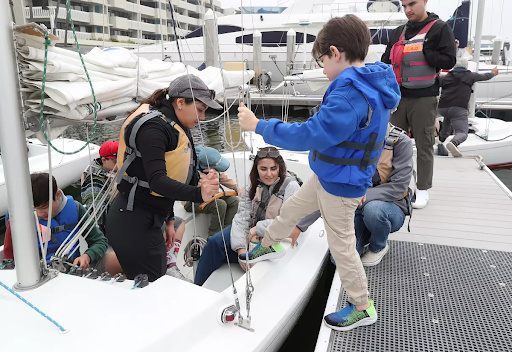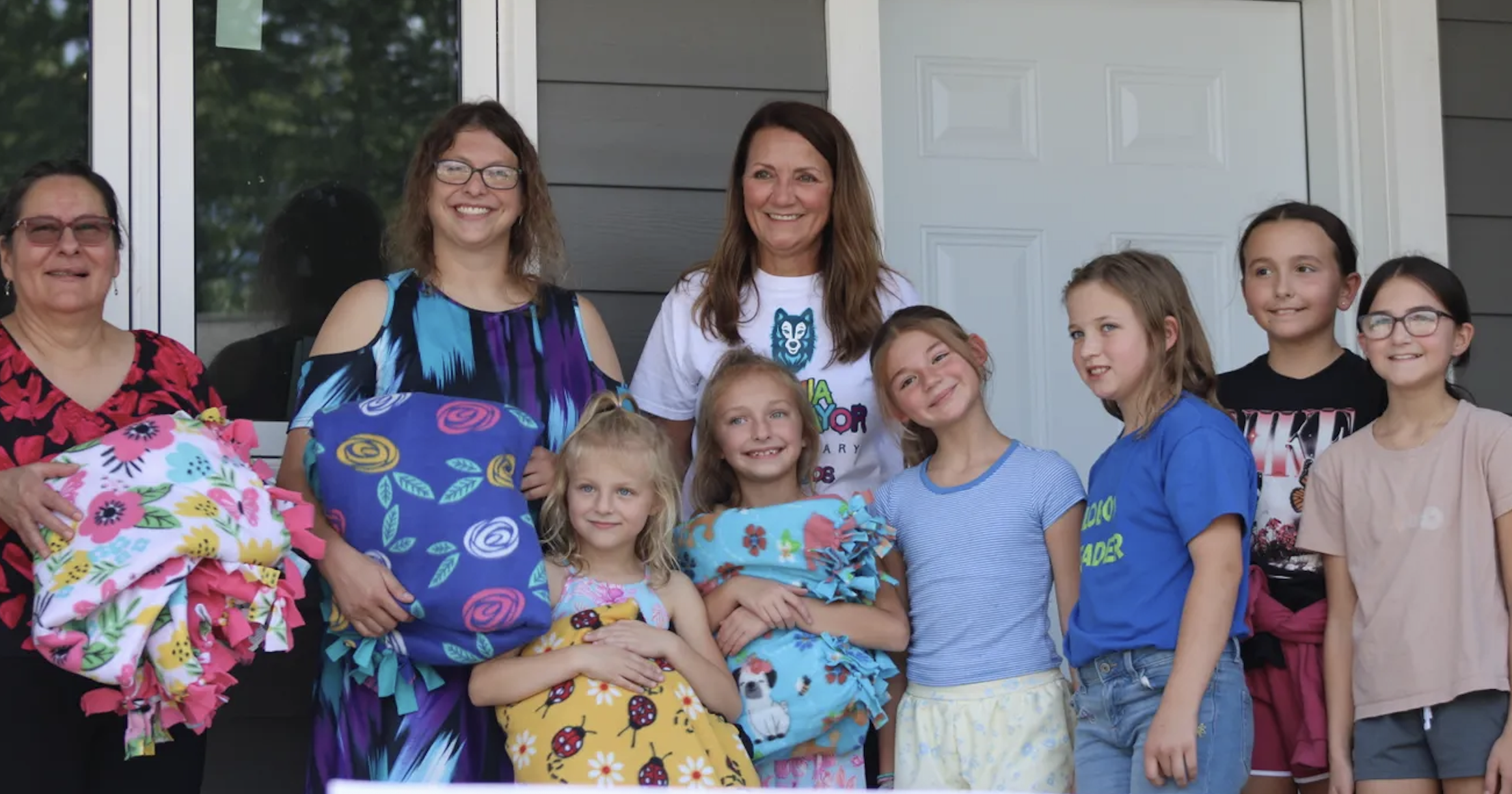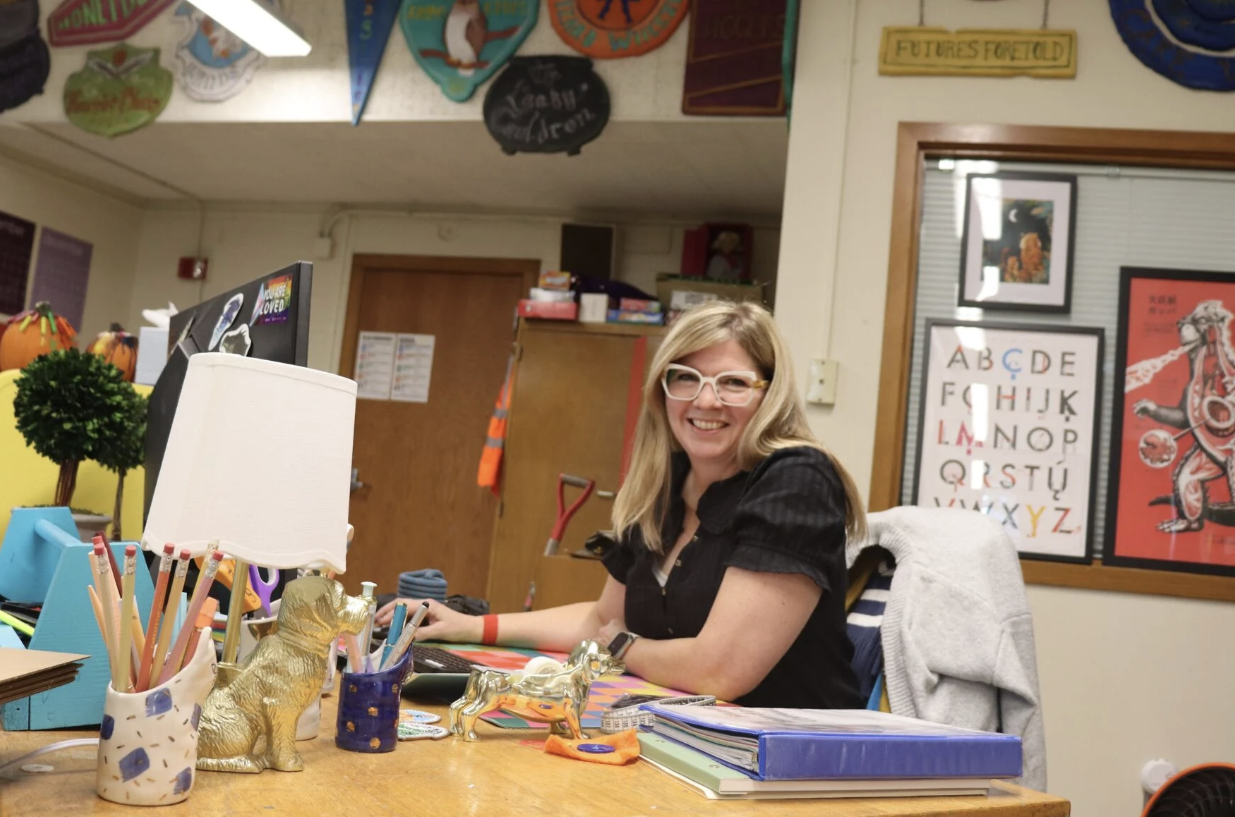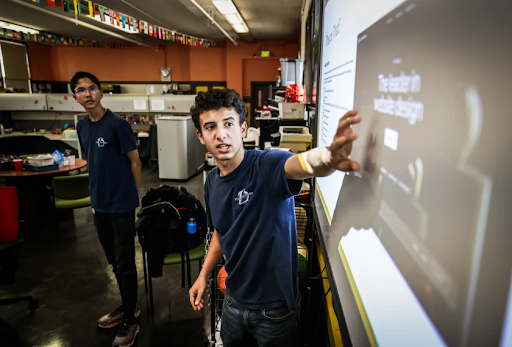Champion a new era of equal opportunity for all
“Across every out of school activity, there are significant gaps in participation between low-, middle- and high-income parents–and these persist over time–from elementary school, through middle school, and into high school,” we wrote in The State of Educational Opportunity in America: A Survey of 20,000 Parents. It’s a key finding that we wanted to return to and help better visualize with the launch of our new Ed Opportunity Explorer. The new tool lets you dig deeper into the survey data across 40 different questions and 19 different demographic categories. So we decided to find out how educational opportunity varies by household income from families making less than $25,000 a year all the way up to those making over $1 million a year.
Our big conclusion? The future of educational opportunity is already here, it’s just not evenly distributed yet.
Tutoring. We found that for families with annual household incomes below $25,000, only 22 percent of their children received tutoring in the past year. For middle class families in the $69,000-$100,000 income range, this number rises only modestly to 29 percent. But among those earning $500,000 to $1 million a year, 58 percent of their children received tutoring, and for those making $1 million or more, that number jumps to 72 percent. It is clear that for the wealthy in America, tutoring has become more than optional support; it’s a key element of how learning happens.
Summer. Summer camps and programs, which make the most of America’s unusually long summer breaks, are also a key area for learning and growth. Unfortunately, only 33 percent of the children of families with incomes below $25,000 participated in summer programs in the past year. While the figure grows to 48 percent among those making $69,000 to $100,000, for families earning between $500,000 and $1 million, it leaps to 75 percent, and at the $1 million mark, it climbs to an incredible 88 percent. |
|
Internships and Apprenticeships. Internships, apprenticeships and other work-based programs are another key element of learning. Yet just 14 percent of high school parents in the lowest income bracket reported their high schoolers were participating, with a small increase to 21 percent among families earning between $69,000 and $100,000. By contrast, among those with incomes of $500,000 to $1 million, that number jumps 57 percent and it reaches 69 percent for families in the million-dollar bracket. Through these programs, affluent students gain hands-on experience and practical insights that give them a leg-up as they chart their path into the world of work. |
|
School Types. What if every family in America had the freedom to choose any school option for their children, free from financial limitations? Among America’s wealthiest families what we see is a diverse set of school types with about of third of families (32%) choosing a traditional public school for their child, another third (38%) choosing a private school, and the last third spread out over a mix of public charter, public magnet, parochial school, microschool, virtual school and homeschooling. Yet the results also show that most Americans right now don’t have the same level of access to these options. |
|
It is clear from these results that the children of the wealthy are living different educational lives, but it is reasonable to ask whether these advantages must be reserved for the elite or if they could, with some effort, become universal elements of a new era of education in America. That’s what our Believe in Better educational agenda is all about and the 51 policy goals of our state campaigns this year will move us closer to that vision of equal educational opportunity for all. |
|
















